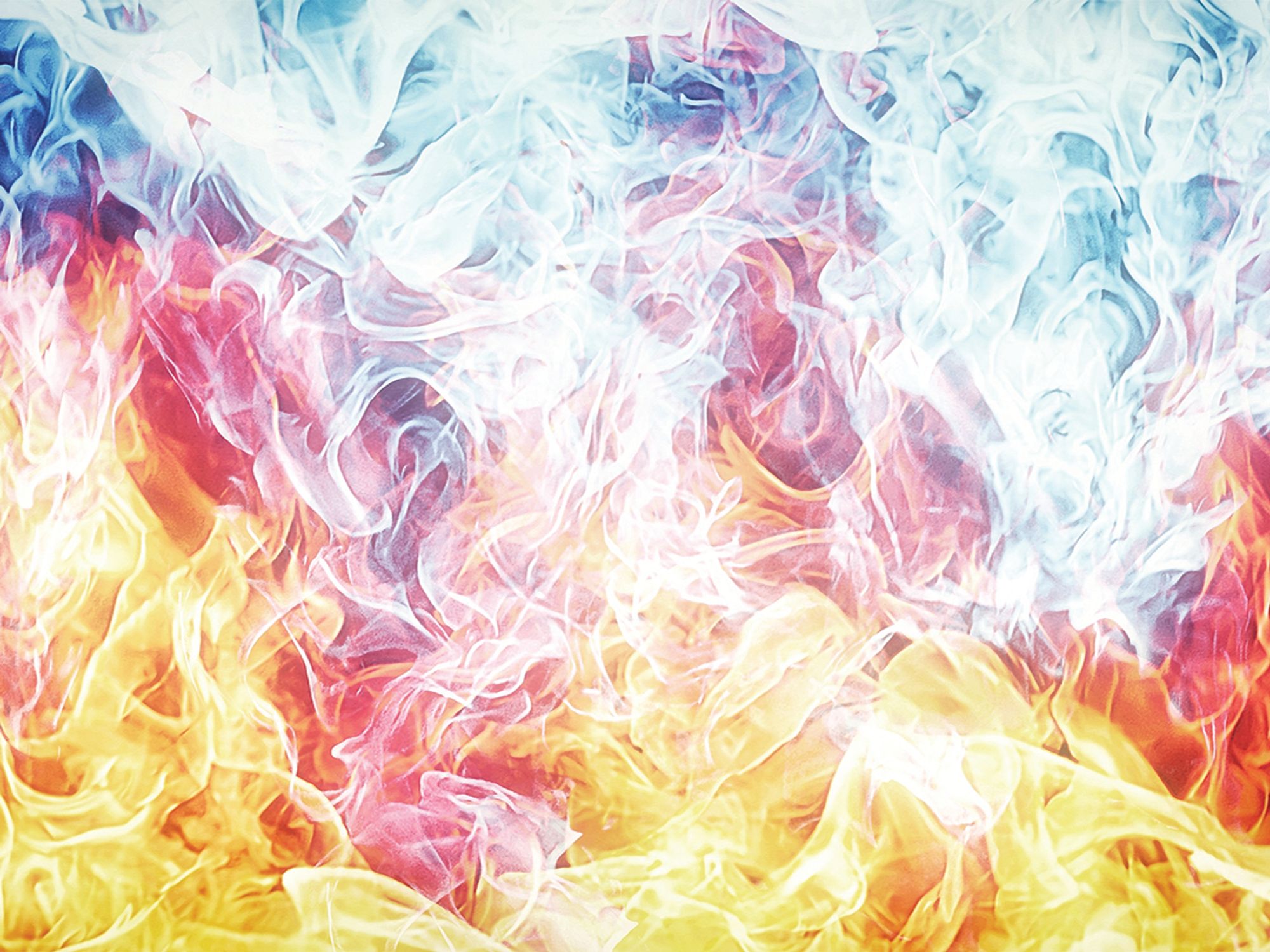InstituteHAZWOPERSafety & HealthGeneral Industry SafetyHAZWOPERUSAEnglishAnalysisFocus AreaIn Depth (Level 3)
Explosion and fire
['HAZWOPER']

- Explosions and fires can happen spontaneously but more often come from worksite activities such as moving drums or accidentally mixing or igniting chemicals.
- Chemical reactions that produce explosion, fire, or heat;
- Ignition of explosive or flammable chemicals;
- Ignition of materials due to oxygen enrichment;
- Agitation of shock- or friction-sensitive compounds; and
- Sudden release of materials under pressure.
Explosions and fires may arise spontaneously. However, more commonly, they result from worksite activities such as moving drums, accidentally mixing incompatible chemicals, or introducing an ignition source (such as a spark from equipment) into an explosive or flammable environment.
At chemical handling sites, explosions and fires not only pose the obvious hazards of intense heat, open flame, smoke inhalation, and flying objects but may also cause the release of toxic chemicals into the environment. Such releases can threaten both personnel onsite and members of the general public living or working nearby.
Protecting against this hazard means:
- Having qualified personnel field monitor for explosive atmospheres and flammable vapors;
- Keeping all potential ignition sources away from an explosive or flammable environment;
- Using non-sparking, explosion-proof equipment; and
- Following safe practices when performing any task that might result in the agitation or release of chemicals.
